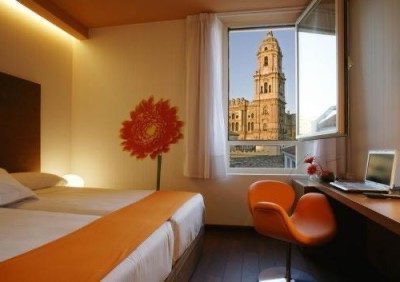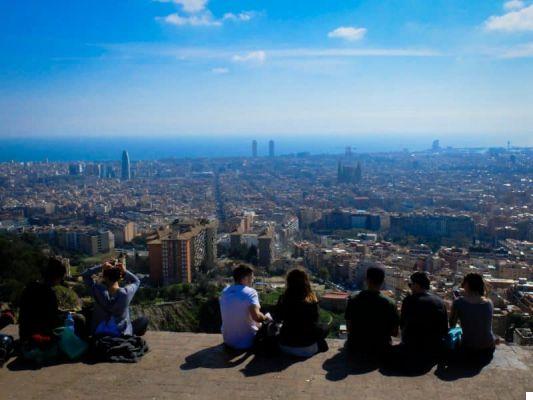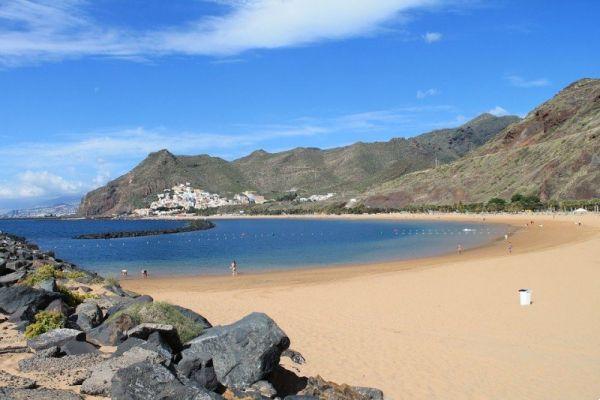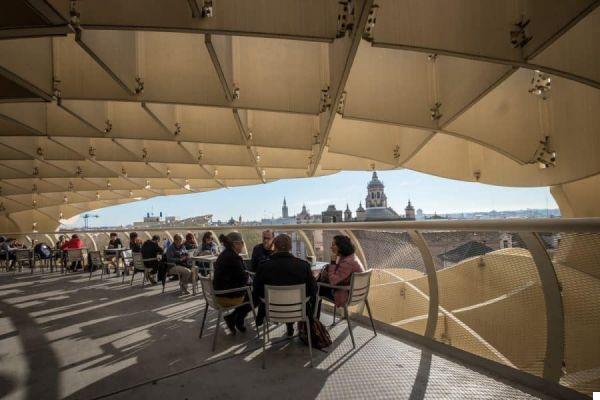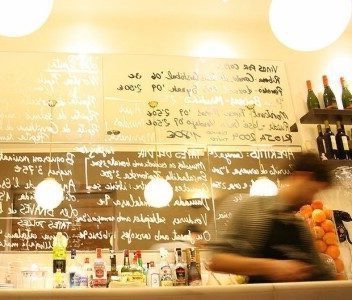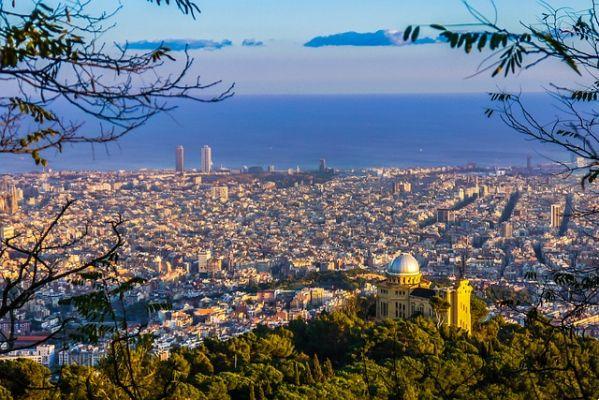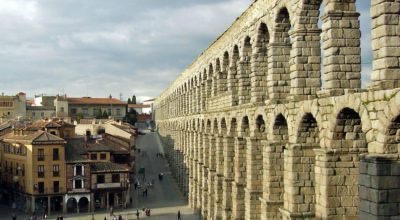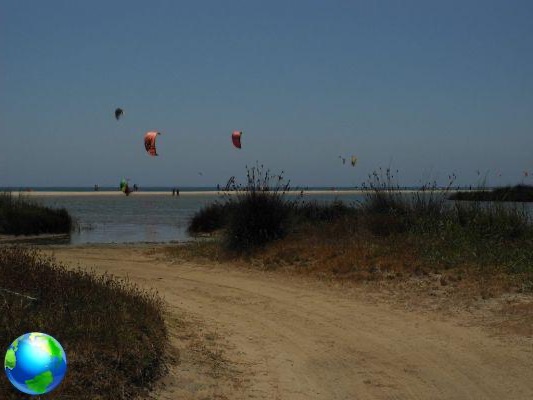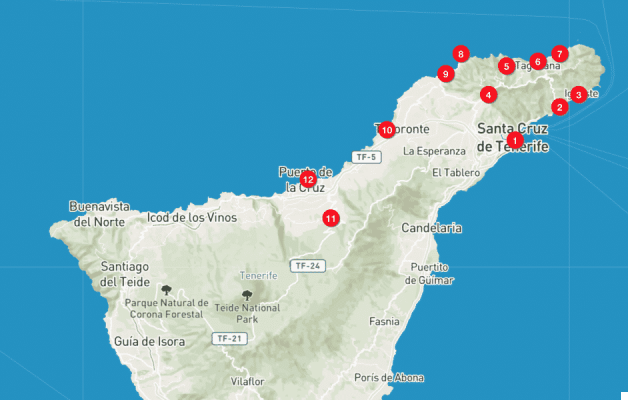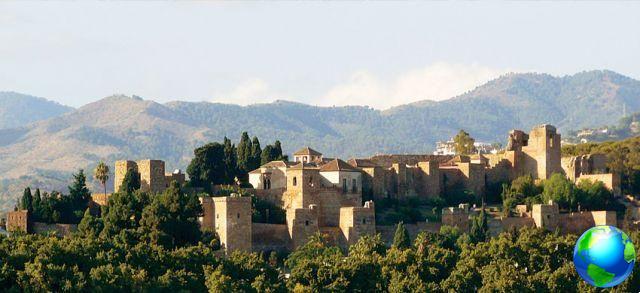

THEAlcazaba, a large palace-fortress overlooking Malaga whose name in Arabic means "citadel", is one of the historical monuments of the city and one of the most visited places by tourists, who have the opportunity to combine history and beauty at the same time. It is one of the most important Islamic works preserved in Spain.
The property stands at the foot of the Mount Gibralpharo, where the defensive castle is located, and dates back to the period of Moorish domination of the city: to be precise, its construction took place from 1057 to 1063. For the visit it is accessed from the square of the Roman Theater, on the edge of the historic center.
The Alcazaba was enlarged and modified several times, and underwent major restoration works: during the first excavations for the works, remains of Roman walls covered with stucco and small dug-out pools, intended for the preparation of Garum, a fish-based pasta that the Romans made. Today the Alcazaba is one of the highlight of a visit to Malaga, and undoubtedly one of the most important monuments in the whole of Andalusia.
Visit of the Alcazaba
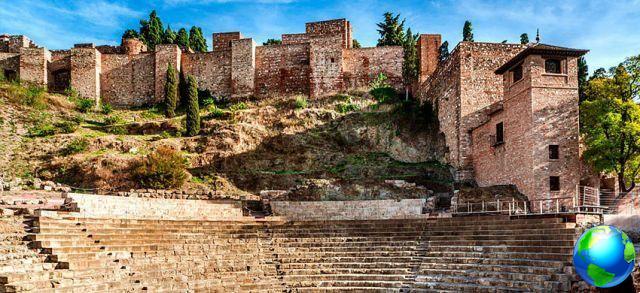
The entrance area of the fortress, which is located near the Customs Square and Roman Theatre of Calle Alcabazilla, is part of the city walls. You pass through the Puerta de la Bóveda, a typical Moorish-style arched door, and then through the Puerta de la Columnas, built using Roman marble columns.
You then enter the lower quarters of the Alcazaba, through the second arched door under the Torre del Cristo. This was the place where the first mass was celebrated after the reconquest of the city by the Catholic Monarchs, and later continued to be used as a chapel.
The lower area follows the contours of the hill: you can stop and rest a Plaza de Armas, which today is a garden with fountains and a bastion on the south side, which once defended the coast.
It is possible the small cobbled paths through the Puerta de los Cuartos de Granada that lead to the upper area, where the path passes through attractive gardens.
The building
THEAlcazaba of Malaga it was built by the Moors on a hill in the center of the city, overlooking the harbor, and consists of two wall enclosures. Previously, it was connected to the city by bastions that formed a third defensive wall, but today only the two internal walls remain, at the center of which is the actual palace.
The first wall, built around the topography of the hill, completely encloses the second internal area and is sprinkled with defense towers.
The outer citadel
The original entrance to the outer citadel is represented by vault door, although today it is also accessible via a modern lift. The entrance door doubles on itself: this project was conceived and built in order to make it difficult for the enemy forces to advance.
The path winds its way through the gardens, with a series of elaborate fountains, passing by Gate of the Columns (Porta delle Colonne), which reuses materials from Roman ruins, and from the Tower of Christ.
The latter, once also used as a chapel, is transformed into a right angle, a choice once again implemented to prevent the advance of the enemy forces.
Inner Citadel
The internal area of theAlcazaba of Malaga it is only accessible through the Door of the Rooms of Granada, which performed the function of defense for the western side of the building.
On the eastern side is the tower of tribute, that is the Tower of homage, with a square plan, dating back to the fourteenth century. A house was built on its top, complete with rooms and patios, but no trace remains of the stairs to access it.
Inside the second wall there is the palazzo and some other dwellings that were built on three consecutive Andalusian patios during the eleventh, thirteenth and fourteenth centuries: they are part of the Granada Quarters, that is, the Quarters of Granada, which were used by kings and governors.
The patios of the Alcazaba
Inside the palace, at the top of the fortress, three courtyards can be explored:
- the first is the Patio of the Suppliers, which features a row of caliphal arches leading to the Mudejar Armor Tower with its XNUMXth century carved wooden ceiling and the Torre de Maldonado, with original marble columns and balconies, from which you have the best view of the city of Malaga.
- After passing through some beautiful interior rooms you arrive at the Courtyard of the Orange trees, that is the courtyard of the oranges, where there are round marble basins and streams that flow into two deeper pools at each end. A row of four orange trees is set in squares connected by irrigation channels, and arches frame the view from each end, providing a shady spot to admire the space even on hot or rainy days.
- Finally, the Pool Courtyard, namely the courtyard of the swimming pool, a miniature version of the famous Patio de los mirtos of the Alhambra in Granada. There is a rectangular tub framed on both sides by hedges, which reflects the central arch and cools the space on hot summer days. A pair of marble pools are then connected by channels at each end of the pool, bringing the water into the interior spaces as well. This is a wonderful detail of the Moorish palaces; the sound of water dripping can be heard everywhere, but it is used in such a controlled manner that it is not a waste for this dry environment.
The museum and the return to the city
At the Alcazaba there is also a small one archaeological Museum, the Museo Arqueológico Provincial de Málaga, which was inaugurated in 1949 and exhibits fragments of Roman pottery and statues and busts found in the area but also at various archaeological sites in the province, including the Roman city of Lacipo and Villa de Rio Verde. You can also see Moorish pottery and other artifacts found during the Alcazaba's restoration work.
To return to the city, you can retrace the same road, or take the lift from the Nazari Palace to the street entrance of Calle Guillen Sotelo. Visitors with mobility difficulties and the elderly can undertake this as a route:
Visit to Gibralfaro
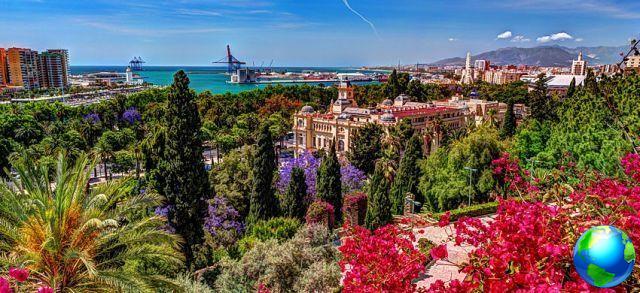
Unfortunately there is no direct path between the Alcazaba of Malaga and its fortress which is located at the top of the hill, the Castle of Gibralfaro, located on the Coracha ridge which joins the two castles.
To visit Gibralfaro, it is therefore necessary to proceed from Plaza Aduana, taking Calle Juan Temboury and following the path up the hill. To complete this stretch on foot it takes about 40 minutes. The climb can be tiring, it may be wise to use public transport, a taxi or a rental car.
Useful Information
The visit to the Alcazaba of Malaga takes about an hour and 30 minutes, although a thorough visit with numerous stops and photos can take up to half a day.
Opening Hours
The Alcazaba opening hours are as follows:
- From April 1st to October 31st from 09:00 to 20:00
- From November 1st to March 31st from 09:00 to 18:00
- Closed: 24th, 25th and 31st December and 1st January
Prices
- Single entrance ticket: € 2,20
- Cumulative entrance ticket Alcazaba - Gibralfaro € 3,55
- Reduced ticket: € 0,60 (this rate applies to residents of Málaga, children 6 to 16, students or pensioners)
- Every Sunday from 14 pm until closing, the entrance to the Alcazaba of Malaga is free.




